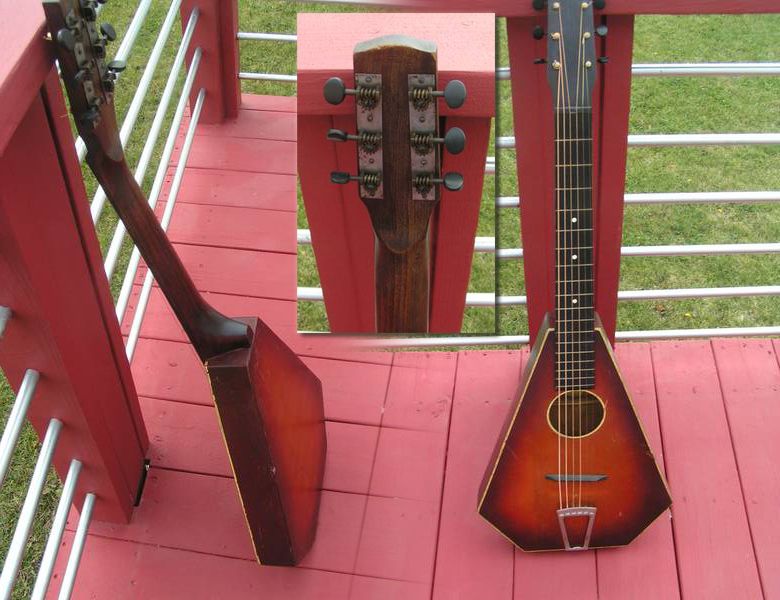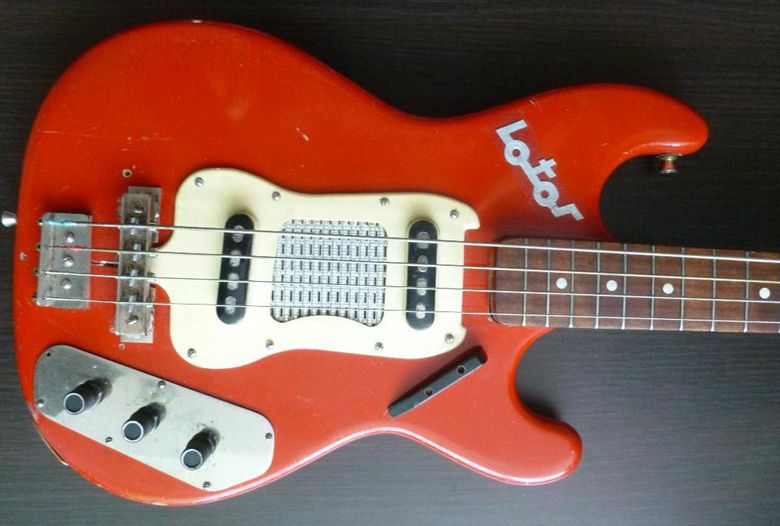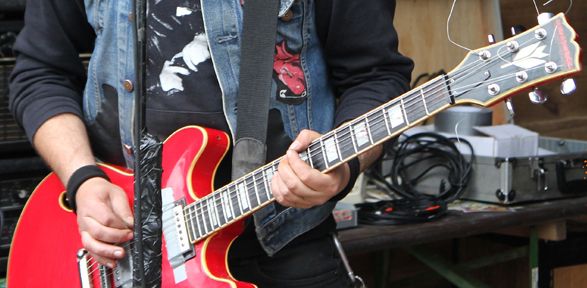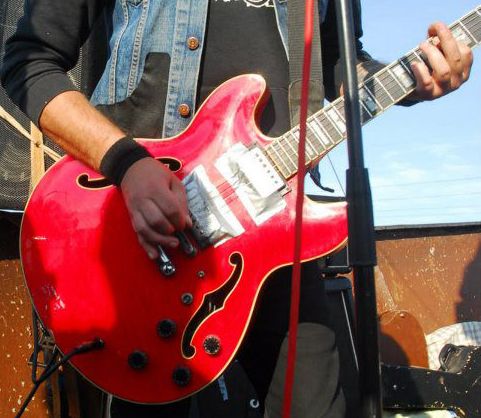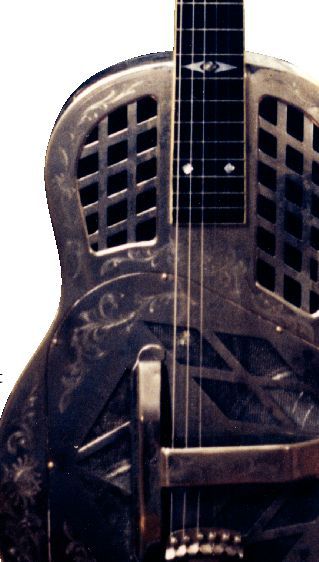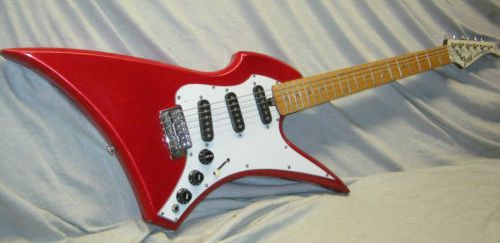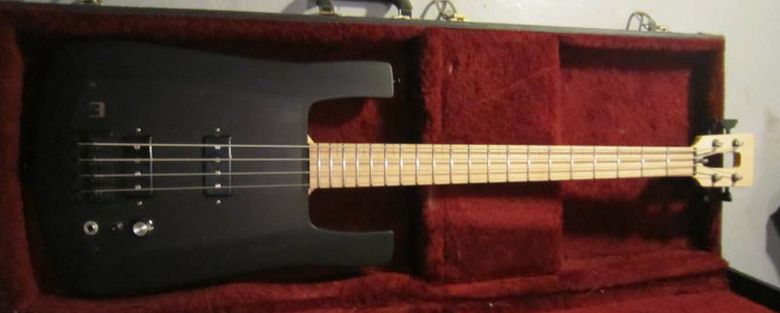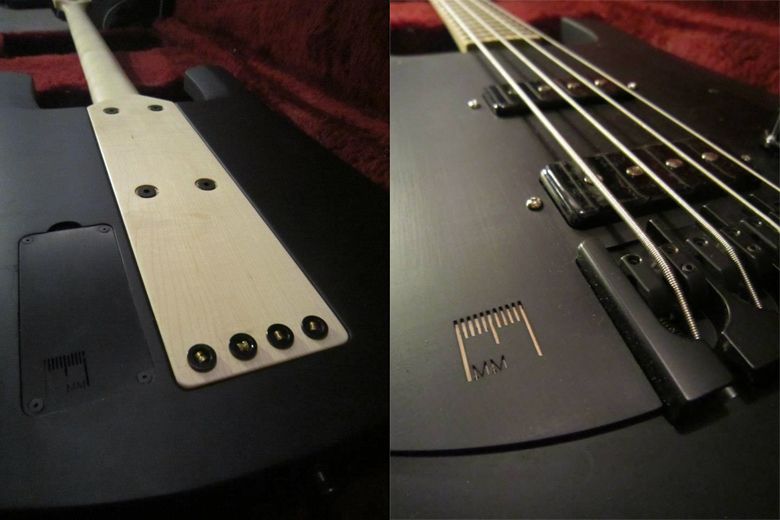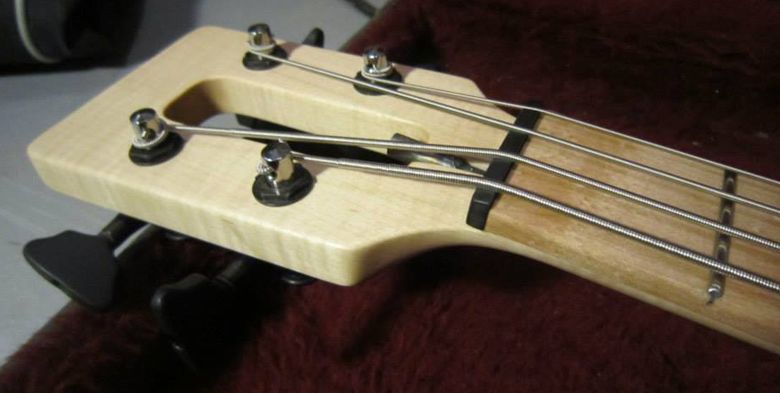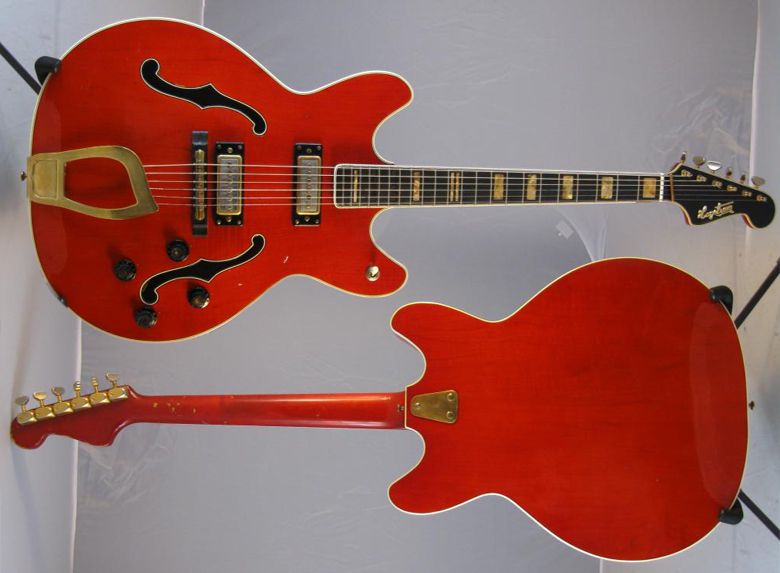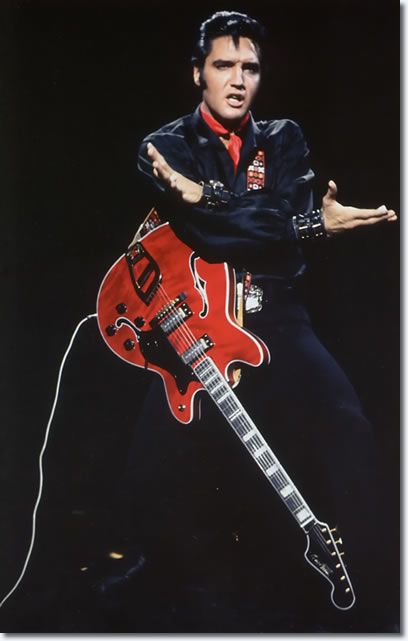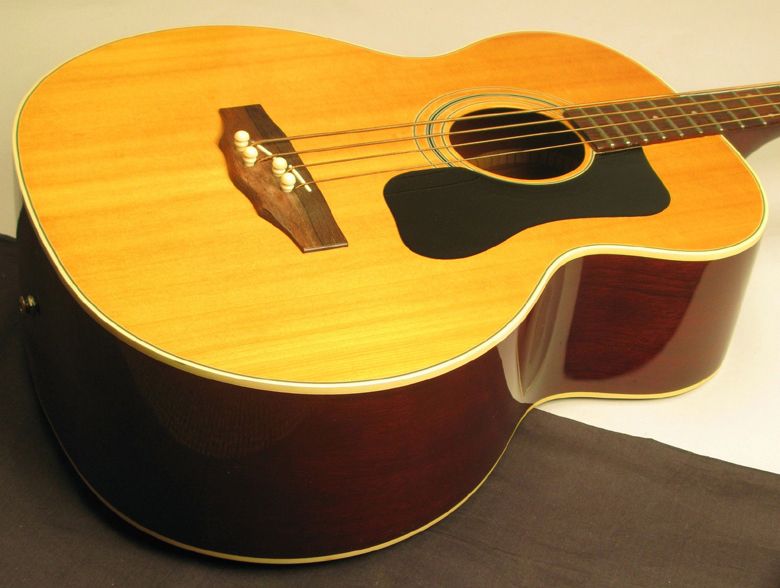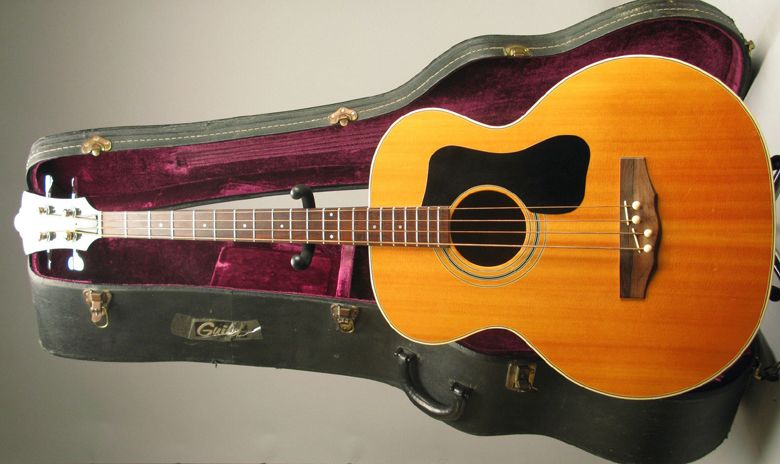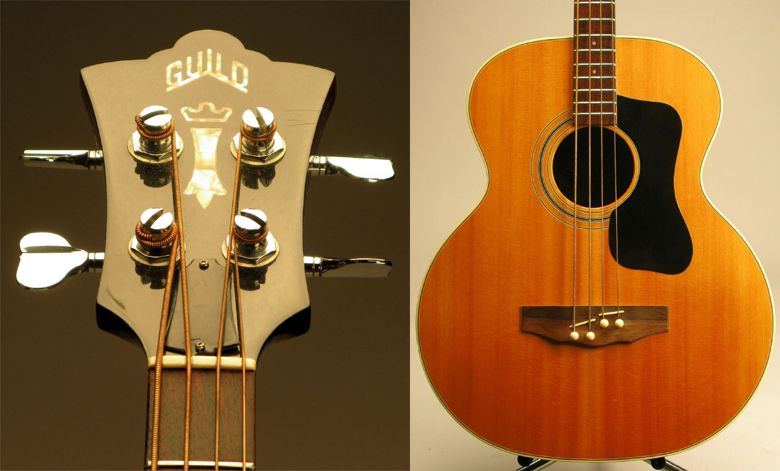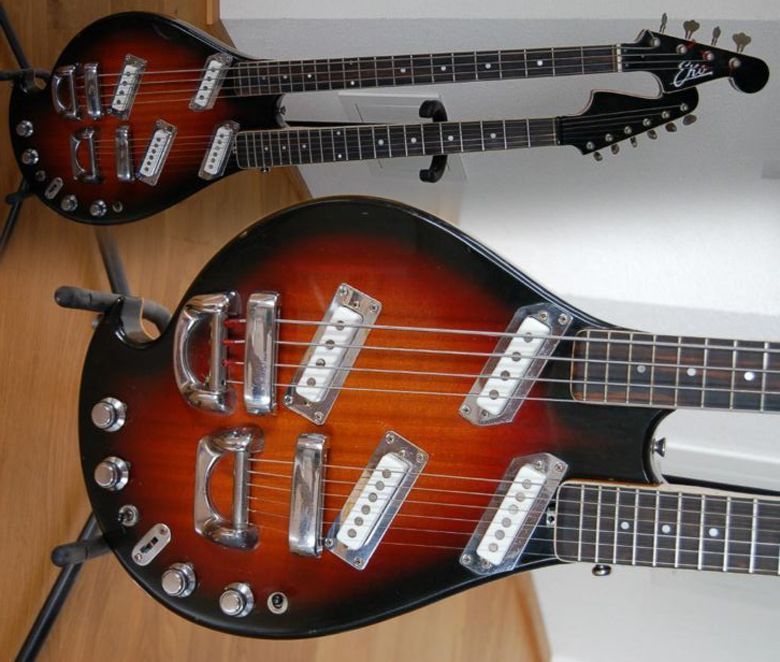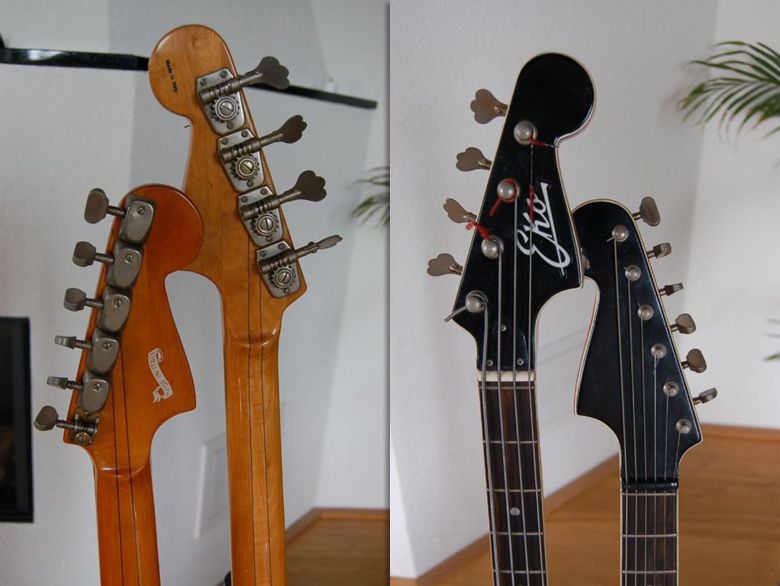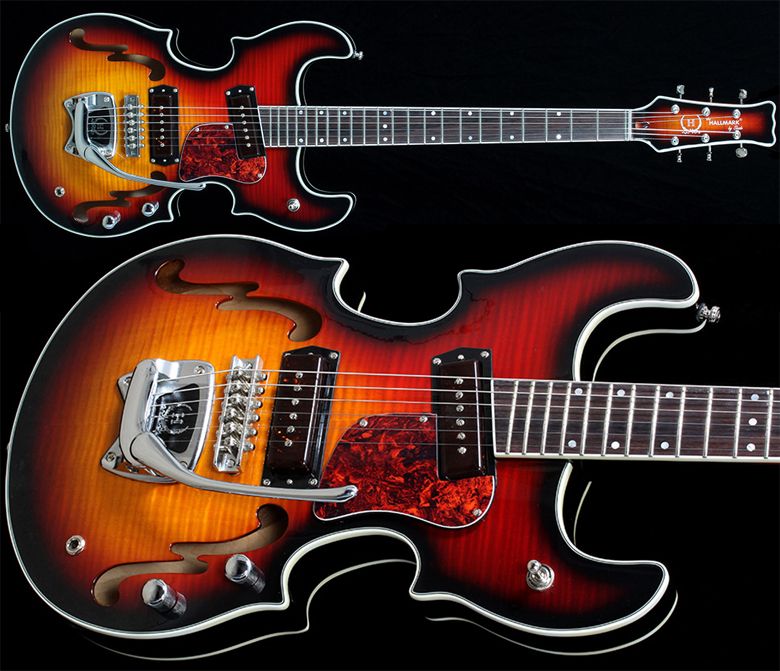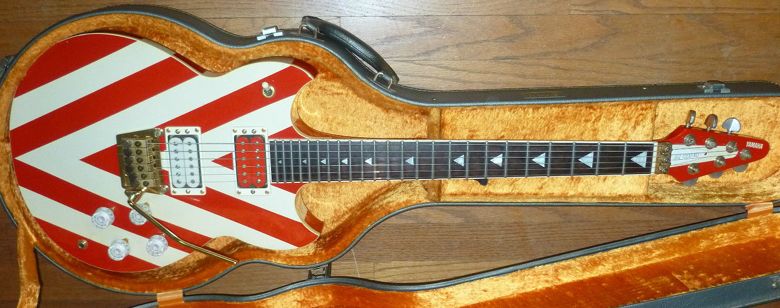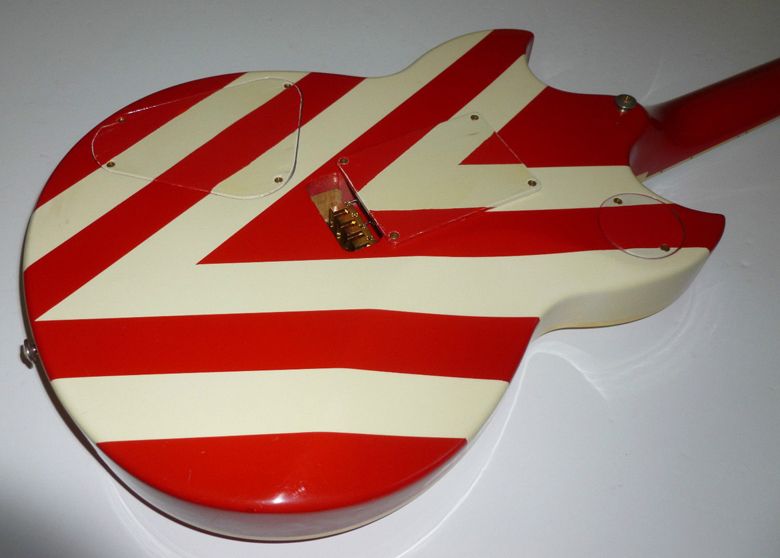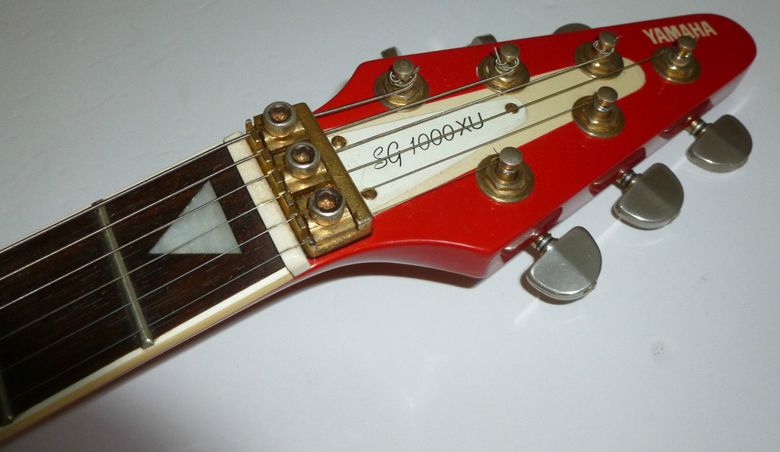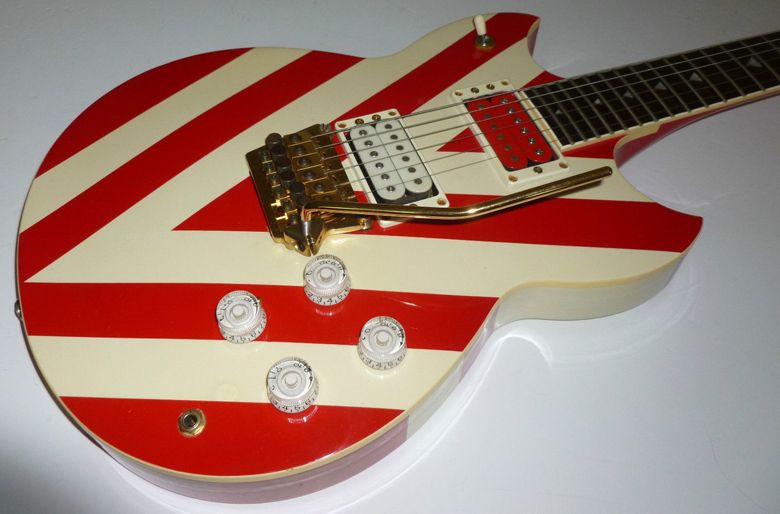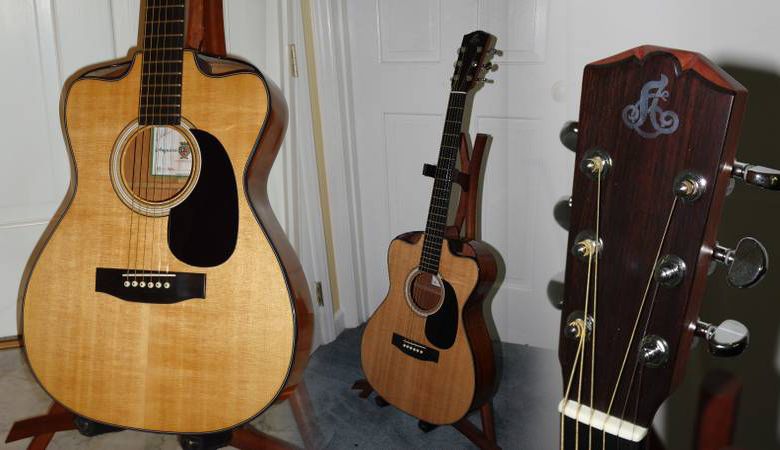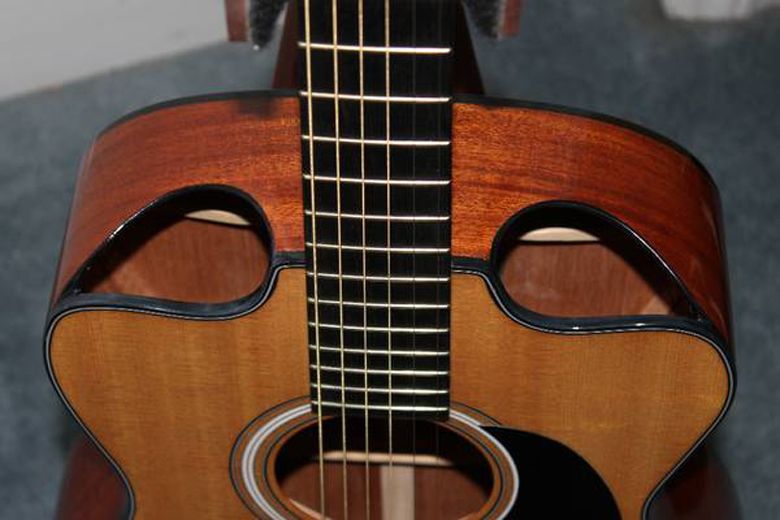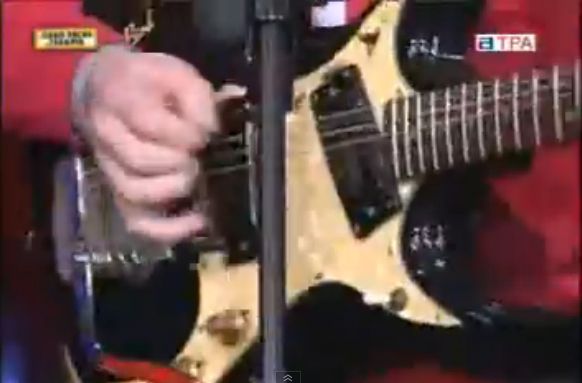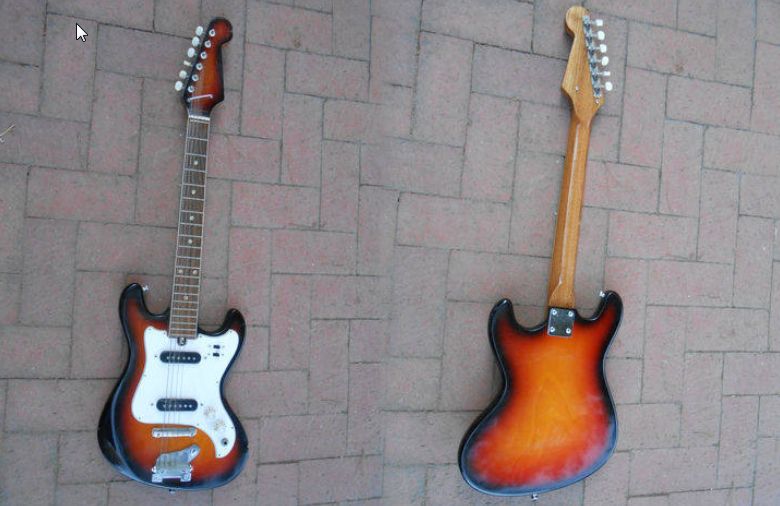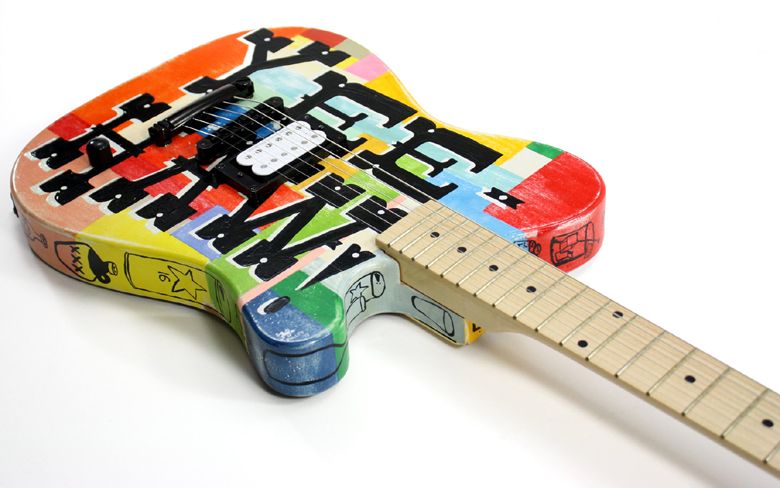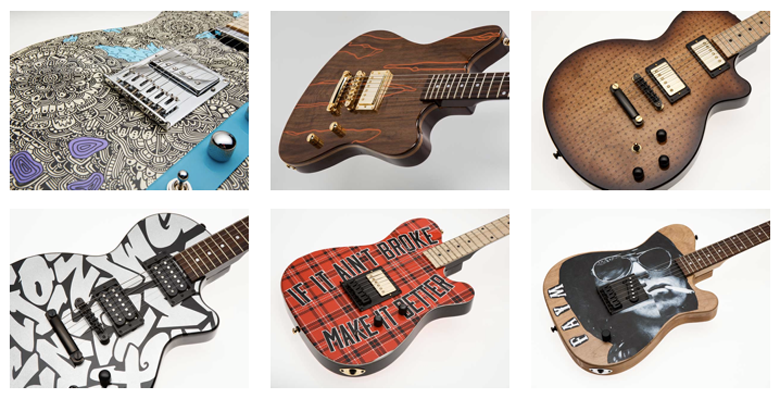I have very scarce information about this Martinez Daytona DS-W - the brand seems to be the German distribution brand of a Chinese or Korean company, and though they mostly produce the usual copies of the 4 same models (like anybody else, also in Europe and the US, even the high-end brands), they happen to also release some rather eccentric models, though without any marketing support that would help their customers to pick their guitars over more secure brands...
Don't get me wrong, I already stated here that the current Chinese clone cheapos are 100 times better than the plywood planks people bought in supermarkets in the 1960s/1970s, they are playable and sound something, and anyway a guitar is not a smartphone, you shouldn't get one if you're not ready to learn how to maintain and upgrade it like you'd do for a bicycle… A guitar always has something to teach you, believe me.
Anyway, this one is on the bizarre side, since it seems to be a hybrid acoustic/electric model with a piezo bridge pickup, probably thinline flat body, a blade humbucker in almost central position and a strange blobby pickguard (at first glimpse I thought it was an Egmond) with controls on the upper horn. The outline is nice, simple and balanced, with the minimum of personality needed, but the frontplate kind of spoils the guitar and makes wonder if the guys understand anything about guitar design... But then who would let such an instrument leave the factory if it's unplayable - these people know about business, don't they?
Well I don't know about you, and what you think about this guitar, but I'm still waiting for the day when a Korean factory won't have to copy or hide behind a historical western company, they'll have the machines, the knowledge, the practice, the spirit, the designs, the entrepreneurial skills and we'll happily buy their instruments without any questions - or play on 2-strings cigar-boxes appalachian dulcimers...
Bertram D
© 2013, Guitarz - The Original Guitar Blog - the blog that goes all the way to 11!
Please read our photo and content policy.

